Mindfulness is the cool new trend that also happens to have been around for over 2600 years. The Buddha was the original trendsetter in this regard. Having studied with numerous meditation teachers and mastered their techniques, he realized that he had still not found his way to understanding the cause of his suffering and the suffering around him. So he sat down under a tree and did what we in the West commonly refer to as mindfulness of the breath practice.
Here’s the amazing thing: Mindfulness of the breath is the simplest and most effective way to relate to our own mind, the ways we cause ourselves and others suffering, and to discover our inherent peace. Each time we sit down to follow the breath, we follow in the footsteps of the Buddha. Not unlike him, we focus on the body breathing, then when we notice we have drifted off into thought we come back to the present moment, over and over again.
However, one of the most common misunderstandings when it comes to mindfulness practice is that we should be able to sit down and feel peace right away. If that is the case for you, please let me know—you deserve to be on the front page of The Meditation Times (which doesn’t exist…yet). For many of us, peace feels like a far cry from the reality of the situation. The act of sitting quietly in a chair or on the floor with our legs crossed and focusing on the breath is like issuing an invitation to the mind to run rampant.
It’s a bit like taking a young child to school and having to walk by a candy store. You know that school is the ultimate destination, but once the kid sees the candy store, there’s no stopping him; he wants to go and he wants to go now. Over and over again you have to turn to the kid and gently say, “Nope, this isn’t where we’re going,” and steer him back to the path toward school.
Similarly, when you sit down to meditate you know that the ultimate destination is resting with the breath and, thus, your inherent sense of peace. The mind is like a young child and runs off, daydreaming about your ex, answering work emails, or having an argument with someone you likely won’t talk to for weeks. Each time you have the awareness that you have drifted off, the discipline is to gently guide your mind back to simply resting with the breath. The more we say, “Nope, this argument isn’t where we’re going,” and come back, the more we start to notice the mind can actually relax into the practice; it just takes a while for us to get there.
If we can actually get out of our own way and relax into feeling the breath that’s when the magic happens. In that instant, we discover what the Buddha found all those years ago, the same thing that led him to propagate this practice, over all the other practices that he studied: We are innately wakeful. Once we train the mind to relax into the present moment, we realize we can abide there for a moment or two. Those moments turn into 10, which turns into a full minute. The more we do this practice, the more we develop confidence that we can just rest in our inherent sense of peace. We build a continuity of wakefulness, not just in the meditation practice, but also in our daily lives.
RELATED: The Magic of Mindfulness
Once we have learned to relax with something as simple as the body breathing, the more we can feel at ease in every other aspect of our life. We can hang out with a friend and deeply listen to what they have to say. We can sip our morning coffee and truly taste it. We can hold space for a loved one while they go through a difficult time. We end up showing up more fully and authentically for every activity throughout the day and it starts to feel magical. The mind has to be trained to be present rather than “always chasing another now,” as a chant performed at Shambhala Centers worldwide says. Rather than let your thoughts get lost in the future or the past, course-correct yourself and don’t let your proverbial kid go to the candy shop.
This is why, when people say things, like “Hiking is my meditation,” I flinch inwardly. While there are many activities that can allow us space away from the norm to process how we are thinking and feeling, there is a difference between that and training the mind to be present. Unless you are being mindful of each step and catching yourself when you drift off in habitual thinking, coming back to the next step, that’s not a mindfulness practice per say. The reason I am emphasizing the formal mindfulness of the breath practice is because it is designed to make us be fully present with whatever is happening—the good, bad, and ugly. Your mind wanders and you come back, until you learn to rest, thus, training your inner kid to walk by the proverbial candy shop and get to school.
The more we train in formal mindfulness practice, the more we experience the magic of each moment off the meditation seat. We relax into being with the people in our lives—those we know and like, those we don’t know very well and even those people we dislike. Being 100 percent there with them is how we learn to enjoy our lives most fully.
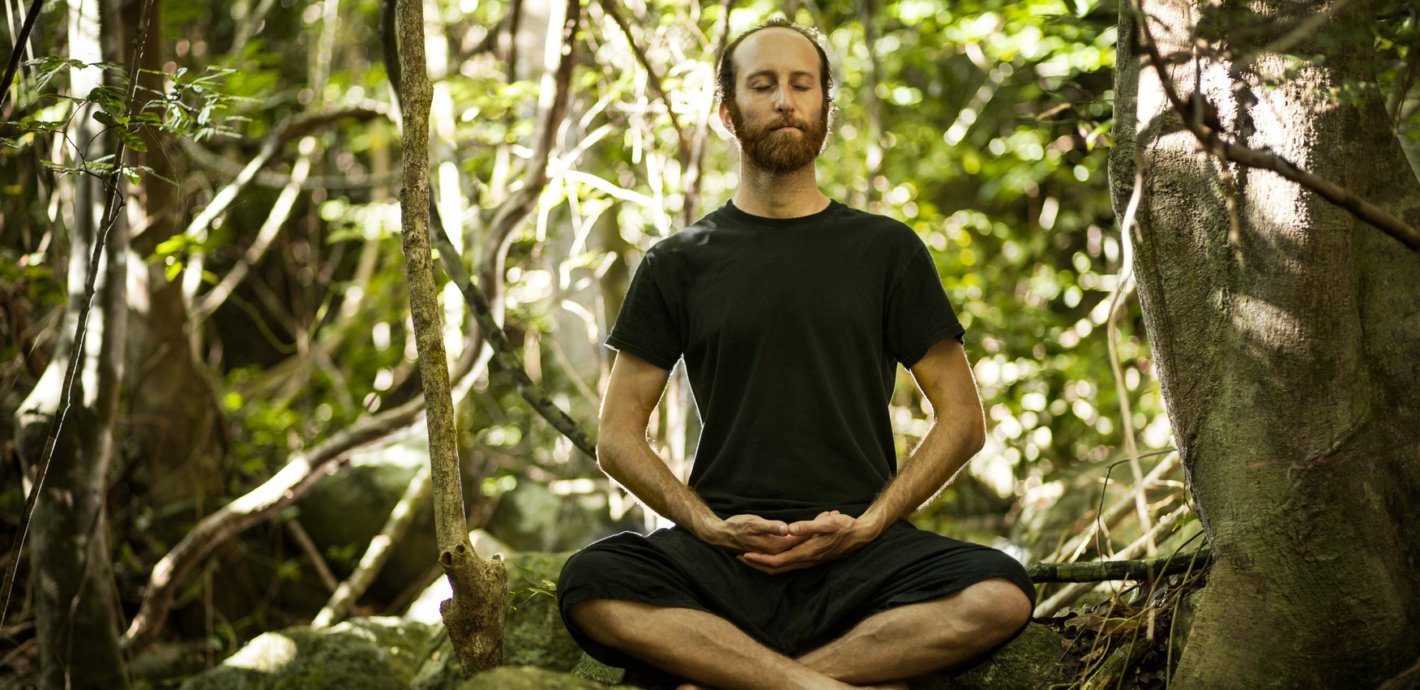


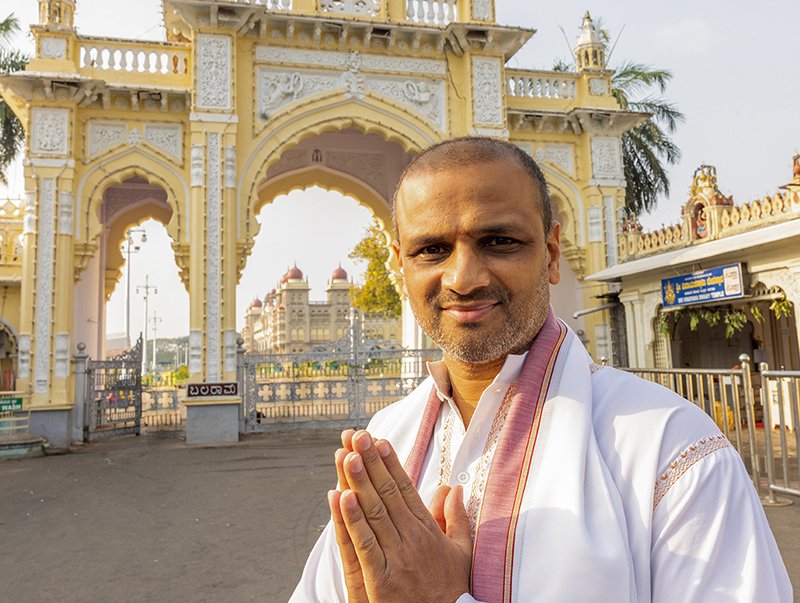
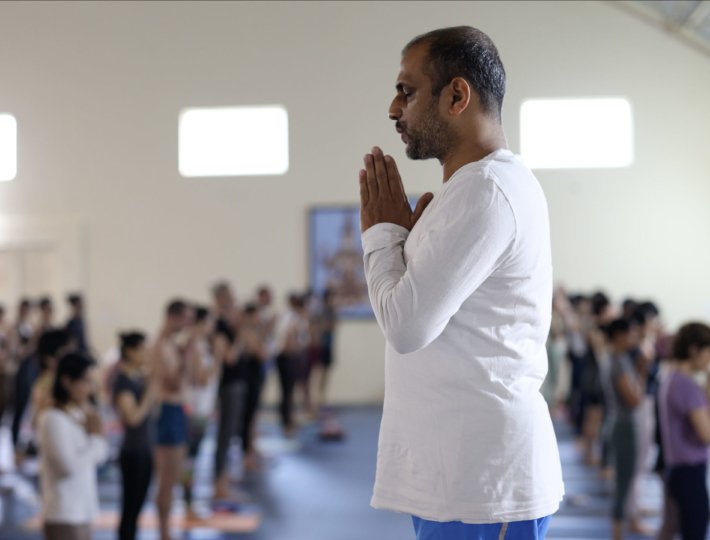
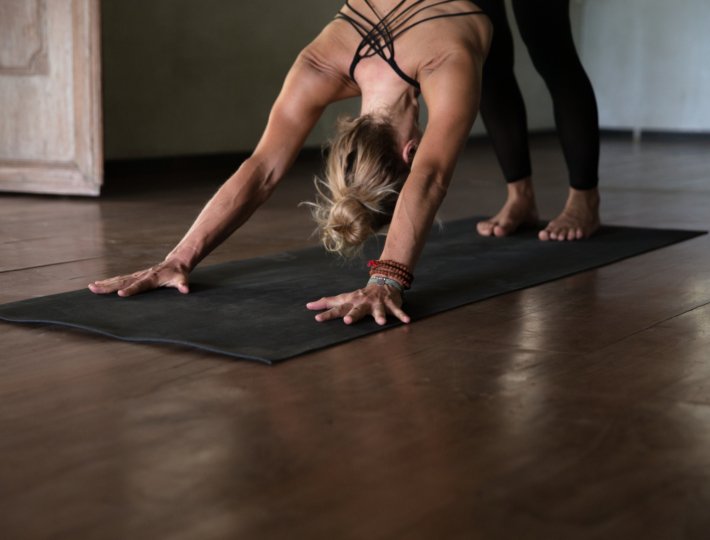
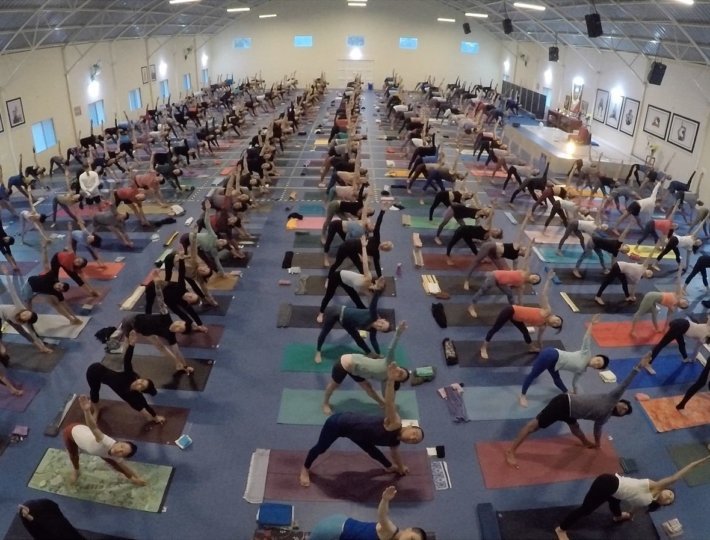


Comments (0)